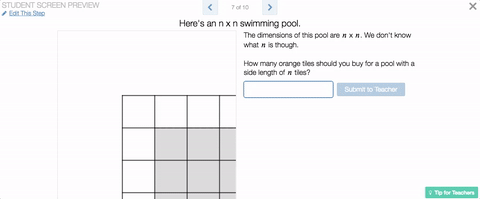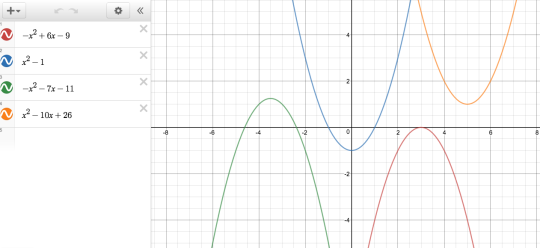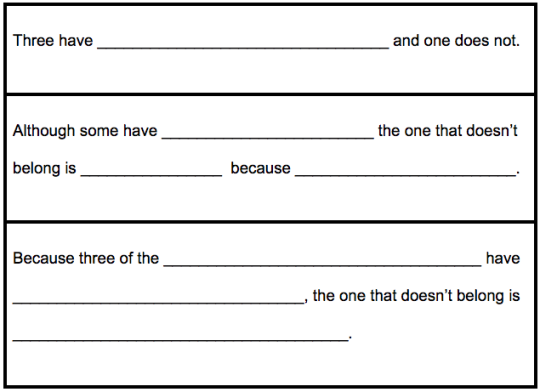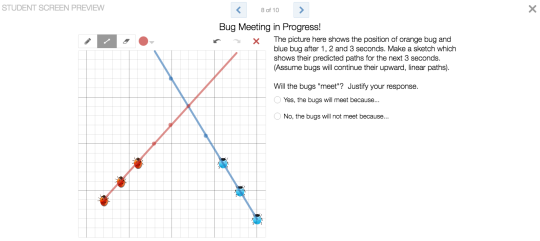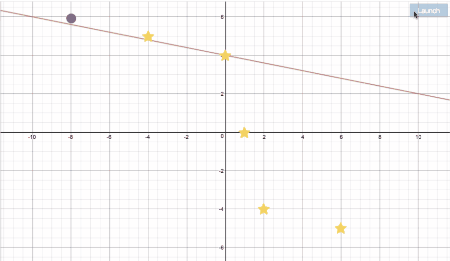Coming Soon: Desmos Fellowship Cohort 2!
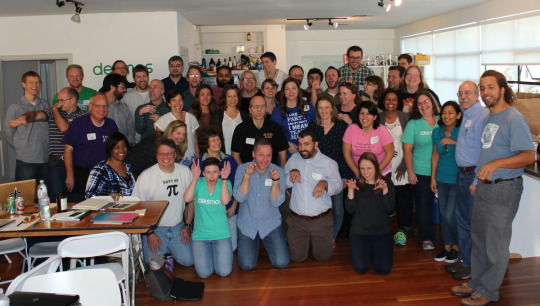
When I think of what a professional learning community should be, I point to my experience as part of the Desmos Fellowship.
I would highly encourage any teacher looking to grow in their profession to apply. The Desmos Fellowship community has given me a place to ponder my teaching practices and help me to grow. It has been incredibly helpful to see what other teachers are doing and knowing I can always receive help and feedback from anyone.
We launched the first Desmos Fellowship cohort six months ago. Cohort 1
comprised 39 math teachers spread across the United States from diverse
backgrounds, experiences, and interests. We brought them all to San Francisco
for a weekend and we’ve continued that work online ever since.
Desmos has benefitted enormously from the Fellowship’s counsel and criticism. Our Fellows receive the first look at every new feature and activity we produce and we fold their input into the public releases. Our company wouldn’t be the same without them.
We’ll be opening applications for Cohort 2 shortly and we think you should apply. We’ll learn lots from you, and we’ll also make sure you get as much as you give. For example:
Access to the best resources, collaboration and feedback.
Fellows receive membership in a private Slack channel where some of the sharpest educators gather to trade awesome activities and resources.
If you haven’t tried Jenn Vadnais’ Mini Golf Marbleslides on coordinate graphing, you should. All 6th grade teachers in my district did it in PD last month in anticipation of their graphing unit and I am now getting giddy daily emails from various teachers with how much they love it.
Conversations around pedagogy and purposeful use of technology.
Desmos Fellows share more than great activities. We select Fellows who demonstrate capacity in technology and pedagogy, but who also demonstrate a willingness to learn and to help others learn. The result is a chat channel full of people who help each other daily become better teachers and coaches. You’ll now find them featured at state and national conferences and in positions of leadership at their schools and districts.
I’m super excited that our Director of Schools has decided that Activity Builder should be a tool used as part of our district-wide equity strategies. I did an activity with the school board last week were board members literally interrupted me with “WOW!” more than once.
Community
Teaching is difficult work that gets easier and more satisfying as the community surrounding you grows stronger. Desmos wants to support exactly that kind of community, taking interesting educators and supporting their growth.
Being connected to so many teachers via Desmos has been one of the best continual professional development activities. Each day, some how, makes me love teaching math just a little bit more.
And More
- Early access to our newest features and activities.
- An all expenses paid trip to Desmos HQ in San Francisco to meet some of the most passionate and interesting math teachers around.
-
A chance to join the Desmos team and earn income as a Desmos Certified
Presenter.
Interested in joining Cohort 2 of the Desmos Fellowship? Stay tuned for announcements on the Des-blog or Twitter.

